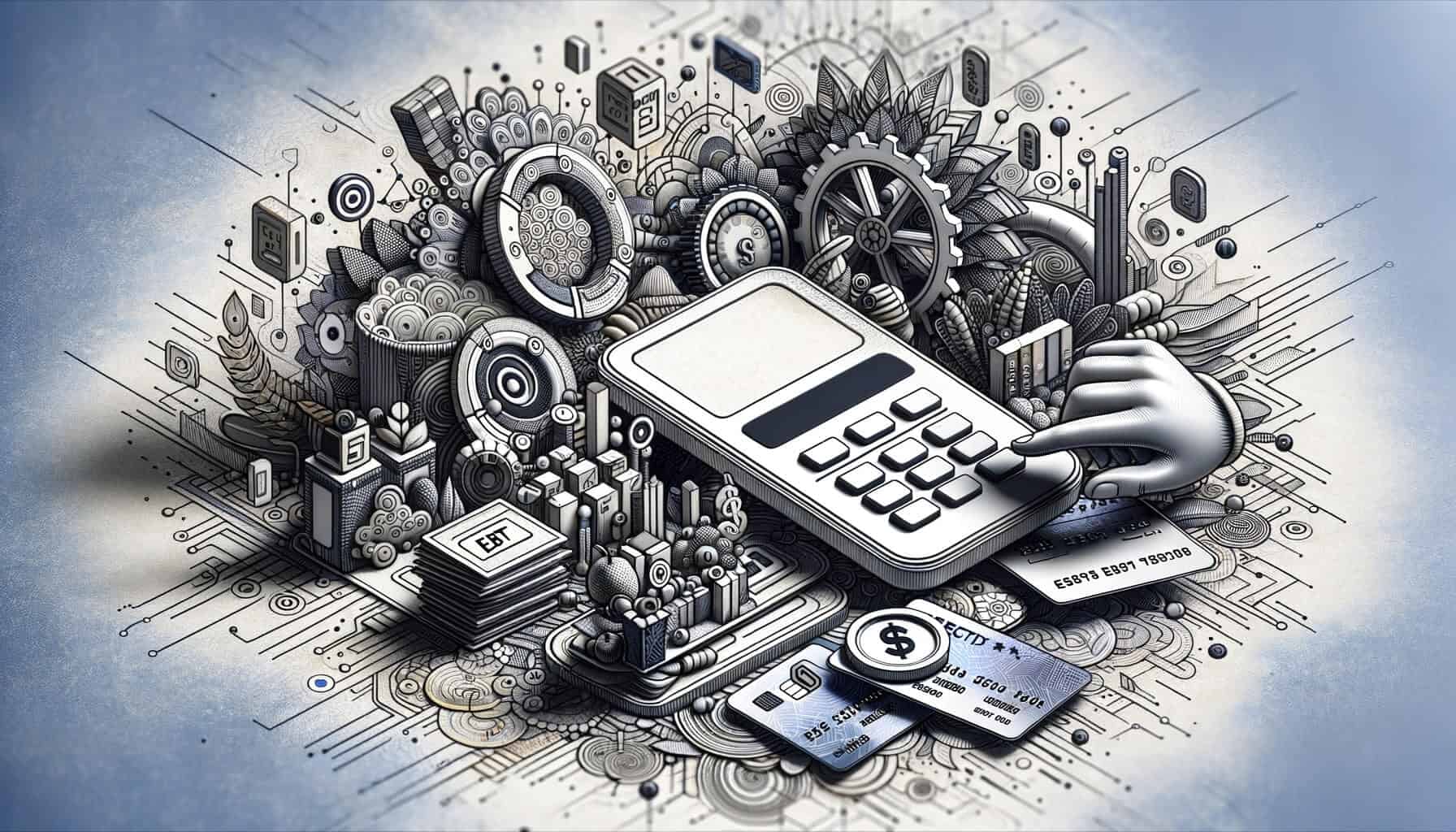
By Sharon Watson January 30, 2025
In today’s society, many individuals and families rely on government assistance programs to help meet their basic needs. One such program is the Electronic Benefit Transfer (EBT) card system, which provides eligible individuals with a convenient and secure way to access their benefits. In this comprehensive guide, we will explore the various aspects of EBT cards and how to educate customers on using them effectively.
An EBT card is a plastic card that functions like a debit card and is used to access benefits from programs such as the Supplemental Nutrition Assistance Program (SNAP) and the Women, Infants, and Children (WIC) program. These cards are issued by state agencies and can be used at authorized retailers to purchase eligible food items and other necessities.
How to Apply for an EBT Card: Step-by-Step Guide
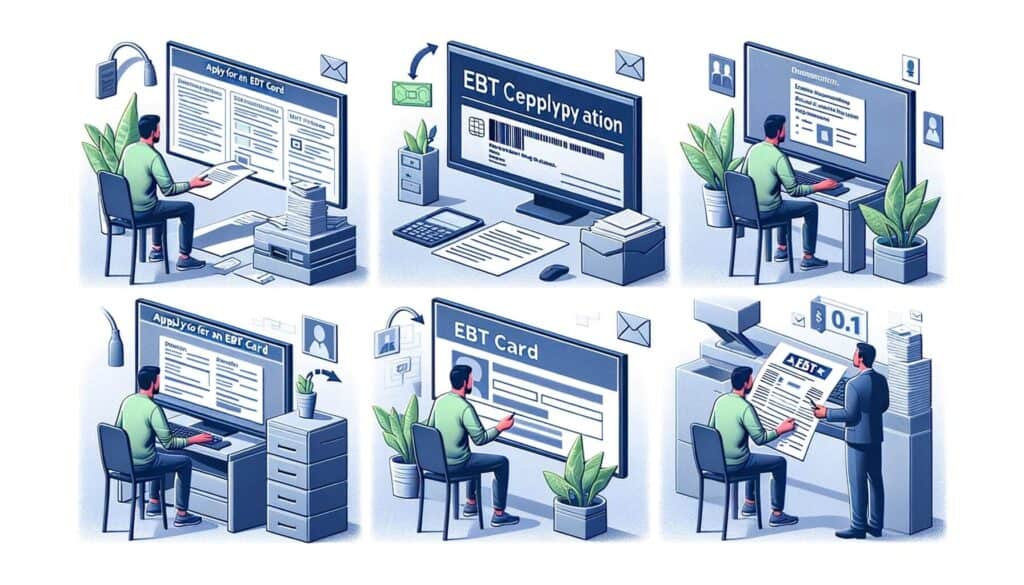
Applying for an EBT card is a relatively straightforward process. The first step is to determine your eligibility for the program. Each state has its own set of guidelines, but generally, individuals and families with low income and limited resources are eligible for assistance.
To apply for an EBT card, you will need to contact your state’s SNAP or WIC office. They will provide you with an application form that you need to fill out accurately and completely. The application will require information about your household size, income, and expenses.
Once you have completed the application, you will need to submit it to the appropriate office. This can usually be done in person, by mail, or online, depending on your state’s procedures. It is important to provide all the necessary documentation to support your application, such as proof of income and identification.
After submitting your application, it will be reviewed by the state agency. They will assess your eligibility based on the information provided and may request additional documentation if needed. The review process can take several weeks, so it is important to be patient.
If your application is approved, you will receive your EBT card in the mail. The card will be pre-loaded with your benefits, and you will need to activate it before you can start using it.
Activating and Setting Up Your EBT Card Account
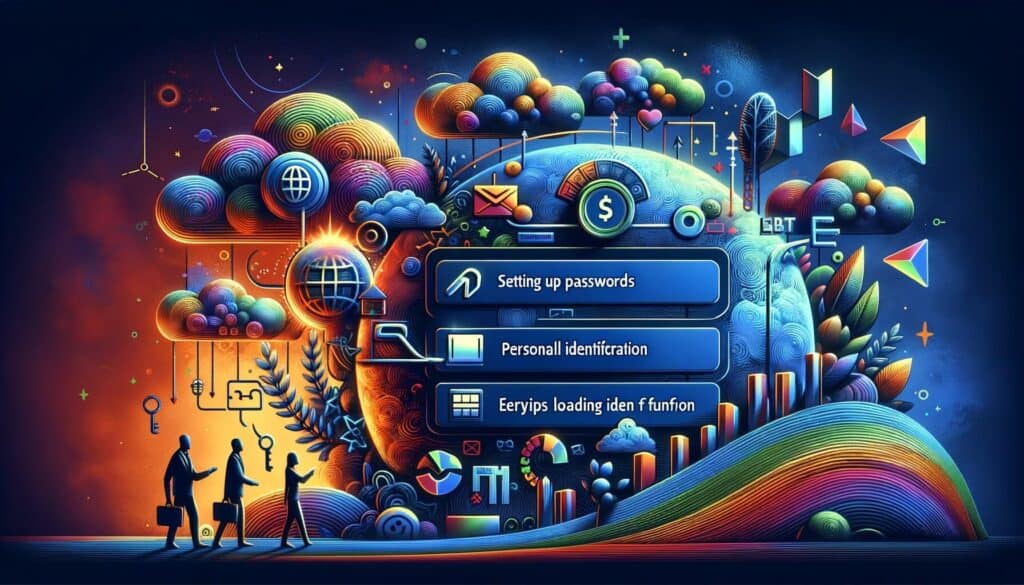
Once you receive your EBT card, you will need to activate it before you can start using it. The activation process may vary depending on your state, but it is typically a simple and quick process.
To activate your EBT card, you will need to call the toll-free number provided on the card or visit the website specified by your state agency. You will be prompted to enter your card number and other personal information to verify your identity.
After successfully activating your card, you will need to set up your EBT card account. This can usually be done online or by calling the customer service number provided on the card. During the account setup process, you will be asked to create a Personal Identification Number (PIN) that you will use to access your benefits.
It is important to choose a PIN that is easy for you to remember but difficult for others to guess. Avoid using common numbers such as your birthdate or phone number. Memorize your PIN and do not share it with anyone to protect the security of your benefits.
Navigating the EBT Card System: Understanding Eligible Purchases
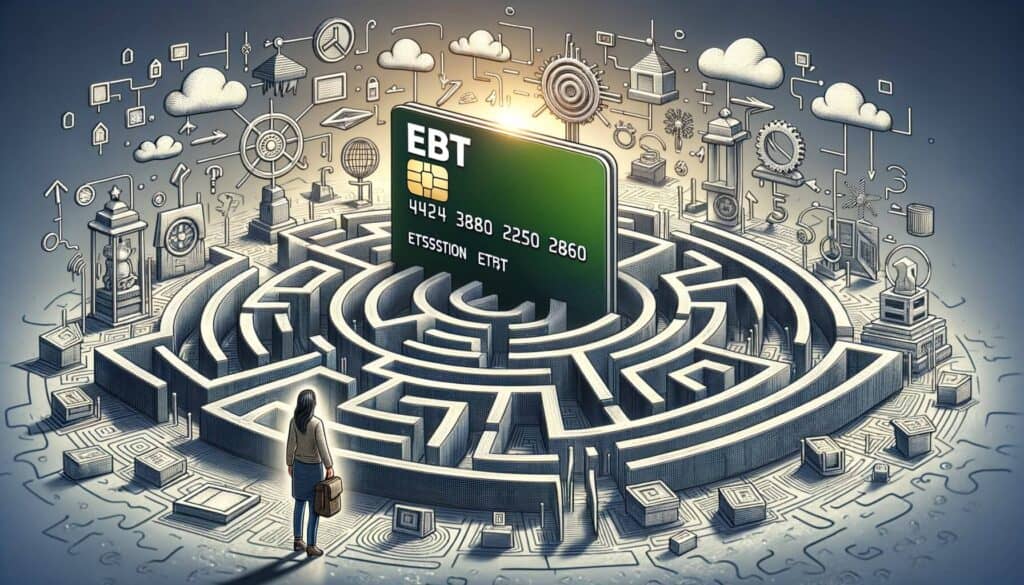
Once your EBT card is activated and your account is set up, you can start using your benefits to make eligible purchases. It is important to understand what items can be purchased with an EBT card to ensure that you use your benefits wisely and in accordance with program guidelines.
EBT cards can be used to purchase a variety of food items, including fruits, vegetables, meat, dairy products, bread, and cereals. However, there are restrictions on certain items that cannot be purchased with EBT benefits, such as alcohol, tobacco, vitamins, and hot prepared foods.
To determine if a specific item is eligible for purchase with your EBT card, you can refer to the list of eligible items provided by your state agency. This list is usually available online or can be obtained from the customer service department.
It is important to note that EBT benefits cannot be used to pay for non-food items such as household supplies, personal care products, or pet food. If you are unsure about the eligibility of a particular item, it is best to ask the cashier or store manager before making the purchase.
Making the Most of Your EBT Card: Smart Shopping Tips
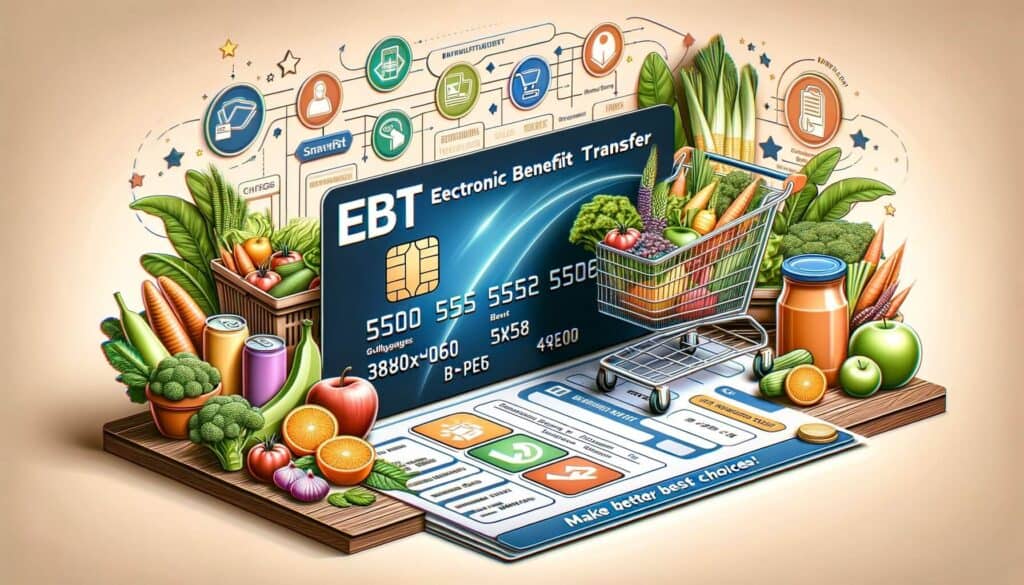
While EBT benefits are intended to help individuals and families meet their nutritional needs, it is important to make the most of these benefits and stretch them as far as possible. Here are some smart shopping tips to help you maximize the value of your EBT card:
1. Plan your meals and create a shopping list: Before heading to the grocery store, plan your meals for the week and create a shopping list. This will help you avoid impulse purchases and ensure that you buy only what you need.
2. Compare prices: Take the time to compare prices at different stores to find the best deals. Consider shopping at discount stores or farmers’ markets, where prices may be lower than at traditional supermarkets.
3. Buy in bulk: Purchasing items in bulk can often save you money in the long run. Look for sales or discounts on staple items such as rice, pasta, and canned goods.
4. Use coupons: Take advantage of coupons to save even more on your grocery bill. Many stores offer digital coupons that can be loaded onto your EBT card, making it easy to redeem them at checkout.
5. Shop seasonally: Buying fruits and vegetables that are in season can help you save money. These items are often priced lower and are at their peak freshness and flavor.
6. Cook from scratch: Pre-packaged and processed foods tend to be more expensive than cooking from scratch. Try to incorporate more homemade meals into your diet to save money and have more control over the ingredients you use.
7. Grow your own food: If you have the space and resources, consider starting a small garden to grow your own fruits, vegetables, and herbs. This can be a cost-effective way to supplement your grocery purchases.
8. Take advantage of discounts and loyalty programs: Some stores offer discounts or loyalty programs specifically for EBT cardholders. Look for these opportunities to save even more on your purchases.
9. Avoid impulse purchases: Stick to your shopping list and avoid impulse purchases. These unplanned items can quickly add up and strain your budget.
10. Keep track of your spending: Regularly review your EBT card balance and keep track of your spending to ensure that you stay within your budget. This will help you make informed decisions and avoid running out of benefits before the end of the month.
EBT Card Benefits: Maximizing Nutrition Assistance Programs
In addition to providing individuals and families with access to nutritious food, EBT cards also offer various benefits and programs aimed at promoting healthy eating habits and improving overall well-being. Here are some ways to maximize the benefits of nutrition assistance programs:
1. Take advantage of nutrition education programs: Many states offer nutrition education programs to EBT cardholders. These programs provide valuable information on topics such as meal planning, healthy cooking, and budgeting. Participating in these programs can help you make informed choices and improve your overall health.
2. Explore farmers’ markets and community-supported agriculture (CSA) programs: Some states allow EBT cardholders to use their benefits at farmers’ markets or participate in CSA programs. These initiatives support local farmers and provide access to fresh, locally grown produce. Check with your state agency to see if these options are available in your area.
3. Utilize the Double Up Food Bucks program: The Double Up Food Bucks program is available in select states and matches a portion of EBT purchases made at farmers’ markets or participating retailers. This program allows you to stretch your benefits further and increase your purchasing power for fresh fruits and vegetables.
4. Access additional resources: EBT cardholders may be eligible for additional resources and programs, such as free or reduced-cost healthcare, childcare assistance, or job training. Contact your state agency or local social services office to learn more about these opportunities.
EBT Card Security: Protecting Your Personal Information
Protecting the security of your EBT card and personal information is crucial to prevent unauthorized access and potential fraud. Here are some tips to help you keep your EBT card and benefits safe:
1. Keep your EBT card in a secure place: Treat your EBT card like you would a debit or credit card. Keep it in a safe and secure location when not in use.
2. Memorize your PIN: Do not write down your PIN or share it with anyone. Memorize it and avoid using easily guessable numbers.
3. Be cautious when sharing personal information: Be wary of sharing personal information, such as your EBT card number or Social Security number, over the phone or online. Only provide this information to trusted sources.
4. Beware of phishing scams: Be cautious of emails, phone calls, or text messages that request your personal information or claim to be from your state agency. Legitimate agencies will not ask for this information through these channels.
5. Regularly review your EBT card transactions: Keep track of your EBT card transactions and review them regularly. Report any suspicious or unauthorized activity to your state agency immediately.
6. Report lost or stolen cards: If your EBT card is lost or stolen, report it to your state agency immediately. They will deactivate the card and issue a replacement.
Troubleshooting Common Issues with EBT Cards
While the EBT card system is designed to be convenient and user-friendly, there may be instances where you encounter issues or have questions. Here are some common issues with EBT cards and how to troubleshoot them:
1. Card not working at the store: If your EBT card is not working at the store, check the balance on your card to ensure that you have sufficient funds. If the balance is correct, try swiping the card again or using it at a different terminal. If the issue persists, contact the customer service department for assistance.
2. Forgotten PIN: If you forget your PIN, contact the customer service department to reset it. You may be required to provide some personal information to verify your identity.
3. Lost or stolen card: If your EBT card is lost or stolen, report it to your state agency immediately. They will deactivate the card and issue a replacement.
4. Expired card: EBT cards have an expiration date printed on them. If your card has expired, contact your state agency to request a new card.
5. Change of address or personal information: If you have a change of address or need to update your personal information, contact your state agency to ensure that your records are up to date.
Frequently Asked Questions (FAQs)
Q1. Can I use my EBT card to purchase non-food items?
A1. No, EBT benefits can only be used to purchase eligible food items. Non-food items such as household supplies, personal care products, and pet food cannot be purchased with EBT benefits.
Q2. Can I use my EBT card at any store?
A2. EBT cards can be used at authorized retailers that participate in the program. These retailers include grocery stores, supermarkets, farmers’ markets, and some online retailers. Check with your state agency for a list of authorized retailers in your area.
Q3. Can I use my EBT card in other states?
A3. Yes, EBT cards can be used in other states. However, it is important to note that each state has its own set of guidelines and eligible items may vary. It is best to familiarize yourself with the rules and regulations of the state you are visiting.
Q4. Can I withdraw cash from my EBT card?
A4. EBT benefits cannot be withdrawn as cash. They can only be used to purchase eligible food items at authorized retailers.
Q5. Can I check my EBT card balance online?
A5. Yes, most states provide online access to check your EBT card balance. Visit your state agency’s website or the designated EBT card website to access your account information.
Conclusion
The EBT card system plays a vital role in providing nutrition assistance to individuals and families in need. By understanding the basics of EBT cards, applying for them correctly, and navigating the system effectively, customers can make the most of their benefits and improve their overall well-being.
By following smart shopping tips, maximizing nutrition assistance programs, and protecting personal information, EBT cardholders can ensure a positive and secure experience. With the information provided in this comprehensive guide, customers can confidently educate themselves and others on using EBT cards responsibly and effectively.